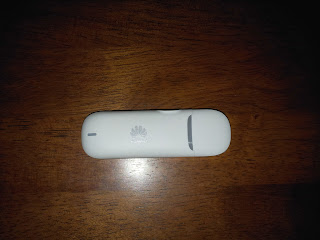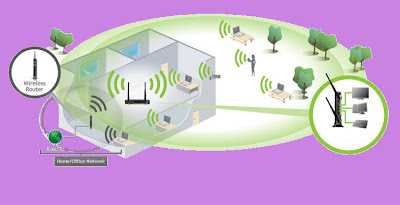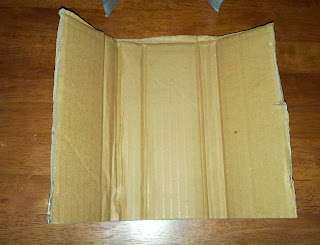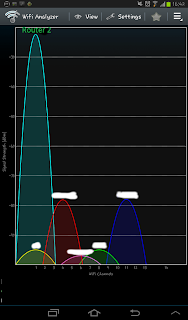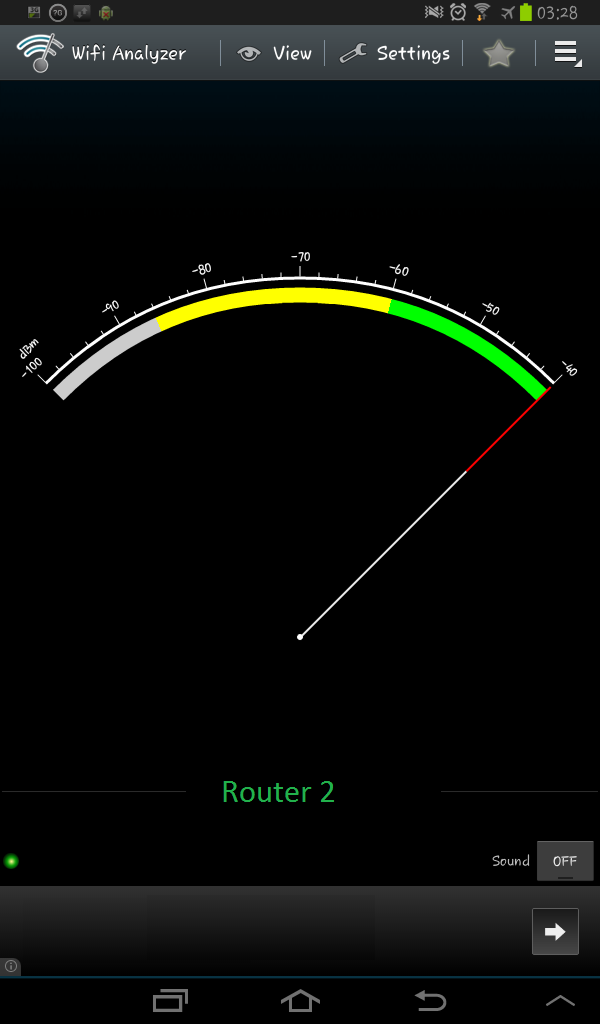Can taking a shower really be dangerous ? It may come as a shock, but the very method most people use to keep their bodies clean could be exposing them to unforeseen health risks.
While many people are aware of the dangers of drinking unfiltered water, few consider the risks of showering in unfiltered water. Most people don’t realize that one can absorb up to 8 glasses of water through the skin during a quick 10-minute shower. Absorption rate is even higher if bathed in hot water as chlorine transmutes into chloroform. One can apply a source of fresh vitamin C in the form of fruits after bathing in chlorine water but that only neutralizes chlorine deposits on the outer skin while maximum damage is done to internal organs. Therefore, the best solution is to bathe in vitamin C itself.
Soaking up water in this way is especially dangerous because the chlorine goes directly into your bloodstream. This means you absorb 6 times more chlorine per glass while showering than if you were drinking the same water.
Dangers and risks of chlorine exposure -
Irritation of the eyes, sinuses, throat, and skin
Aggravation of the lungs
Excessive free radical formation, which results in accelerated aging
Hardened arteries
Difficulty metabolizing cholesterol
Higher vulnerability to genetic mutation
Development of cancer
In a recent article in The American Journal of Public Health, chlorine was linked to measurable increases in certain types of cancer. The article also reported that up to 2/3 of our harmful exposure to chlorine is through absorption by the skin during showering.
Even if you can’t detect the presence of chlorine in your water via smell or taste, that doesn’t mean you’re safe from the consequence of exposure. Chlorine exposure can be especially harmful for individuals with pre-existing conditions such as sinus conditions, allergies, skin rashes, emphysema and asthma.
Anyone who showers regularly should be concerned about the dangers of chlorine exposure, but especially those who suffer from dry and irritated skin; damaged and brittle hair; flaky or itchy scalp; or redness and burning of the eyes.
Experts used to believe that ingestion was the primary method of chlorine intake, but new studies show that inhalation and skin exposure intake are even higher. One of the most prevalent forms of chlorine taken in through inhalation is chloroform. Remember, chloroform is a carcinogen.
When we inhale chloroform, it goes directly into our bloodstreams without any kind of preliminary detoxification. So unless you are regularly taking minute-long showers in cold water, “your body is like a sponge for these airborne toxins every second you spend in the shower,”.
Obviously, avoiding showers altogether is not an option. There’s a far better (and simpler) solution — and that is … to get the chlorine out of your water. The best way to eliminate chlorine and its hazardous derivatives from your water supply is to install a shower filter.
Studies conducted have shown that in order to get rid of chlorine or chloramine in the shower water, you would require two " specific " ingredients - activated carbon aka charcoal or vitamin C. These two can work independently or combined.
One has to invest in a new shower head composed of vitamin c or activated carbon. It has to be stated that, these items dont come cheap [ $150 + ] and have to be replaced frequently depending on daily bathing routine. Long term projections can put a sizable toll on your wallet. Nature of vitamin C is such that its water soluble while carbon in the form of " activated carbon " can be scrubbed clean and reused when filtration is somewhat diminished with prolonged usage. Activated carbon can be bought anywhere or make it yourself by burning wood or coconut shells. For those who bathe in bath tubs, vitamin C solution is far simpler, just dissolve one 1000mg vitamin C tablet in the bathtub " before " bathing.
Therefore we are left with a problem as far as a viable source of vitamin C is concerned, since it rapidly dissolves in water. One has to keep dismantling the shower head and fill it up with x number of vitamin C tablets thats just enough to complete one shower. This cycle repeats itself based on how long and how frequent one showers in a day. This scenario assumes one bathes in " cold water " as vitamin C tablets rapidly dissolves in hot water.
Or
Find an alternative source of vitamin C which dissolves very slowly and is easy on your wallet. After pondering as to how to get ones hands on " bio friendly & economical " source. Rather interesting idea popped into mind. Source is no other than fresh Oranges. One generally discards the skin of fresh orange after consumption, but this " skin " is of membrane thin enough for water to pass through or soak in. After all, you are left with alot of skin off one Orange. You only need a tiny piece big enough to fit inside the shower head.
Though, a slight modification need be done before actually using this method, where you would need a secondary filter being cut to the exact or if not slightly larger to that of the " original " mesh filter found in most modern flexible shower heads such as Hans Grohe using plastic mosquito mesh. You would need to remove the oem filter which comes with the showerhead and insert a piece of orange peel to the bottom end of the hose and then the mosquito mesh and then finally screw on the shower head itself. That final step seals the orange skin to the mesh and mesh to the shower head. Why in that order ? if one puts the orange skin " after " the mosquito mesh, when water is turned on, the orange skin will travel inside the shower head and get stuck which leads to slow process of removing the lodged bits n pieces. Since the showerhead will be dismantled on a daily basis, one would want to minimize the downtime as much as possible.
 |
| skin of Orange/ mosquito mesh - bottom half of the shower hose |
You need not use only Oranges, rather, any fresh source of Vitamin C skin would do the trick, maximum benefit is achieved with membranes which are permeable to water.
For best results, Orange skin need changing every day. You can boost the filtration some more by adding a piece of " activated carbon " to it. With carbon filter - Proper installation order would be - activated carbon / orange skin/ mosquito mesh/ screw on showerhead to the hose.
 |
| Activated Carbon in the form of burnt coconut shells |
If you dont like the idea of continually dismantling the showerhead on a daily basis, one can install an " activated carbon " piece and forget bout maintenance for a month. At end of the month, just do a routine check the quality of the piece of activated carbon and replace with a new one if needed.
 |
| Hans Grohe OEM dirt filter with mosquito mesh |
This is for the uber lazy people, take the OEM dirt filter off the showerhead and cut out a circular piece to exact size of said filter using mosquito mesh as seen above. Then, take a piece of " activated carbon " & break it using fingers so it completely embeds the inner circle marked in red. Re-install OEM filter on hose / put carbon piece on the inner red circle / put the mosquito mesh/ screw on the shower head to it. Just make sure its a tight seal otherwise there will be some water leaks from the sides. For an added advantage [ if needed ] break up a 1000mg vitamin C tablet and insert it to the shower head itself then screw on the hose. For those who are concerned about shower head getting blocked with bits n pieces of vitamin c, fear not, since its completely water soluble there will be no blockages what so ever but, it does dissolve rapidly under a minute on the basis of 1 tablet. Use of mosquito mesh is to prevent debris from going into the shower head assembly.


